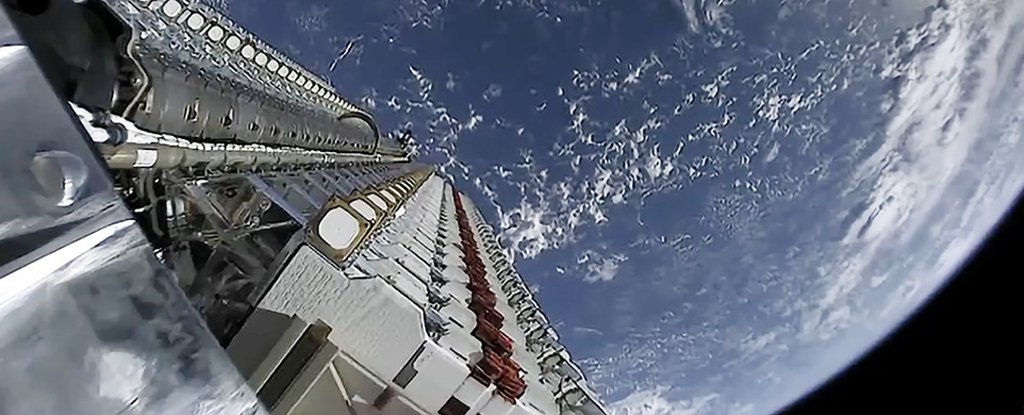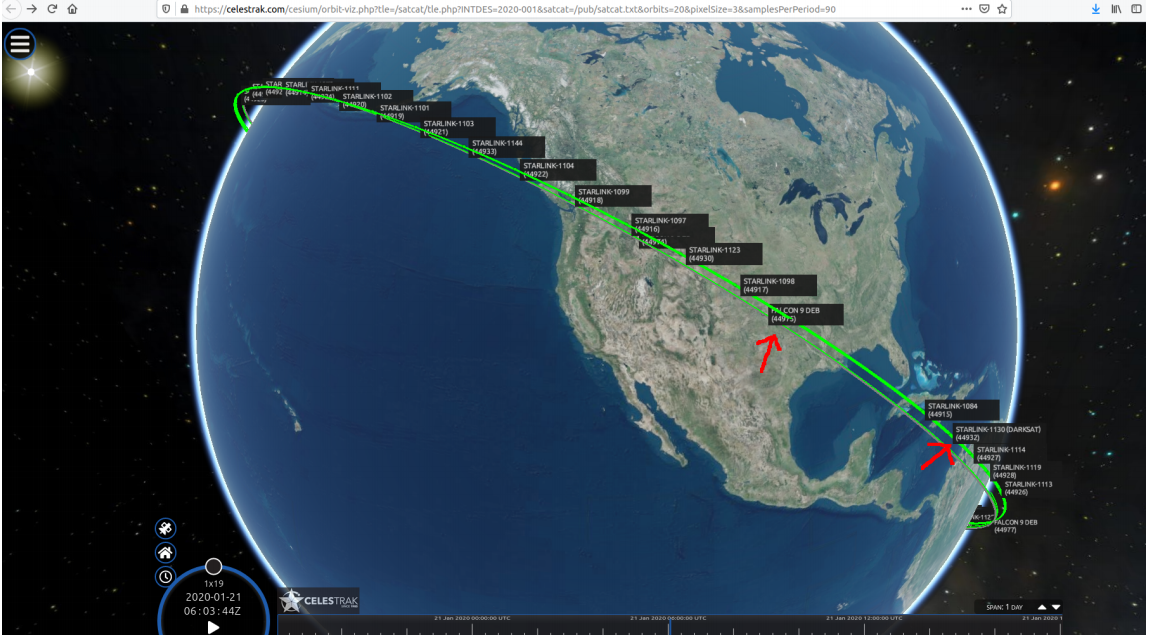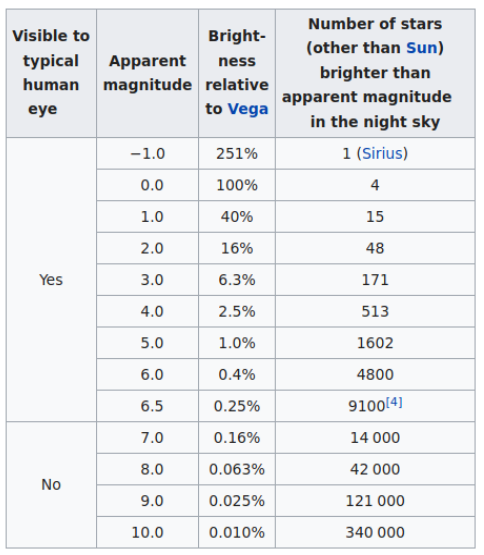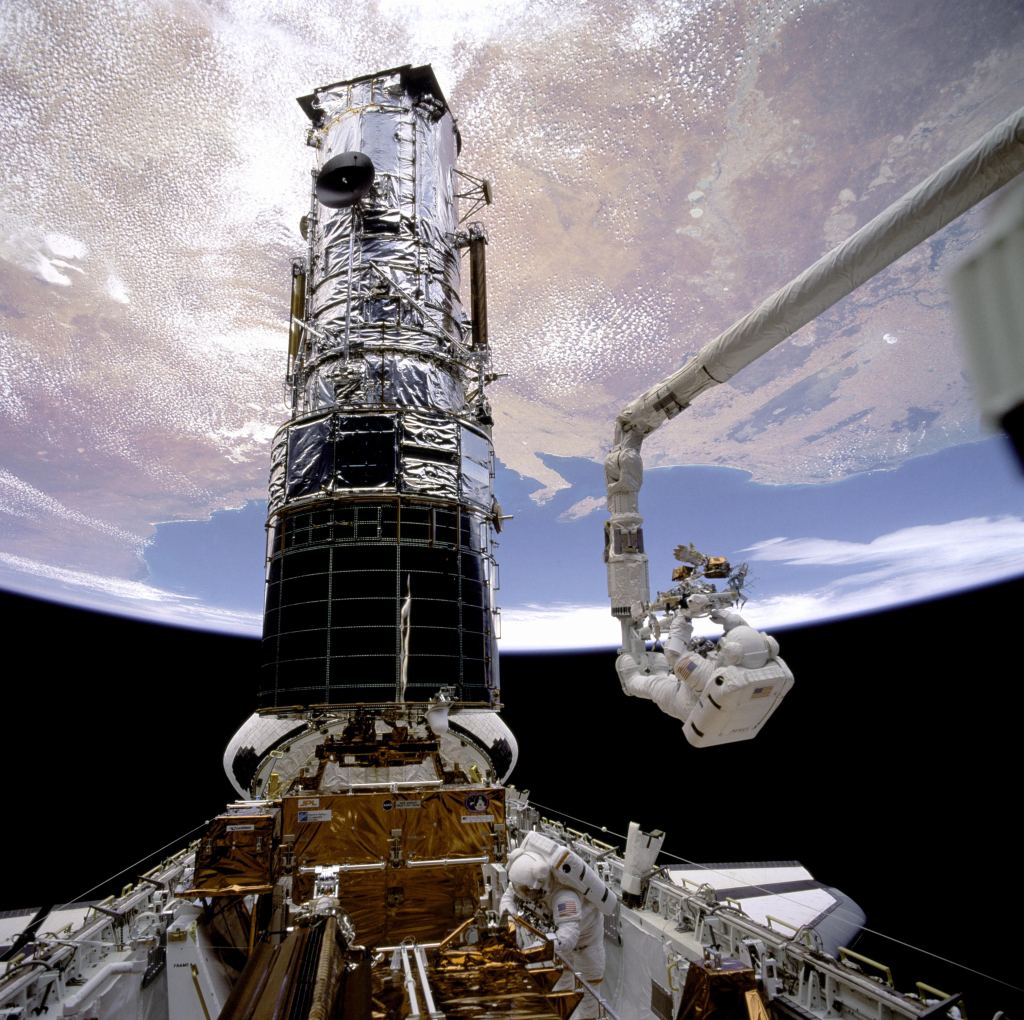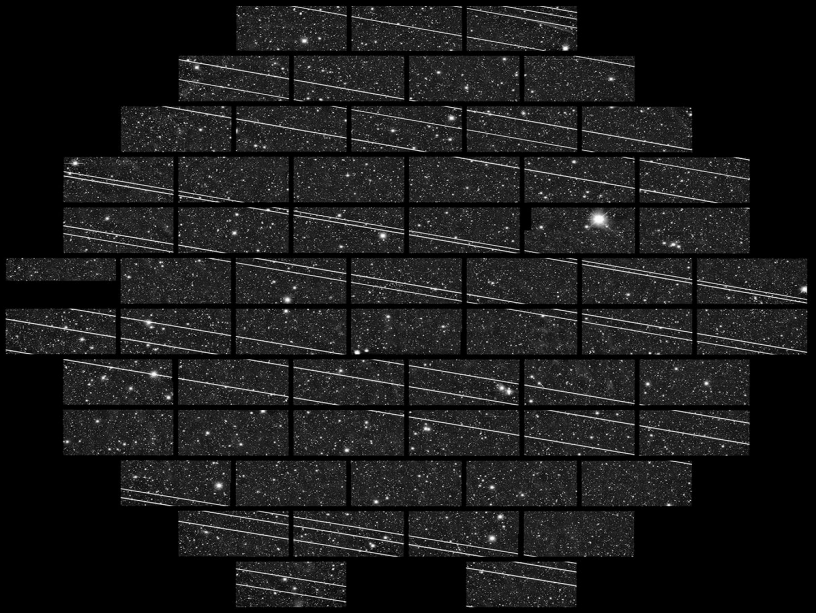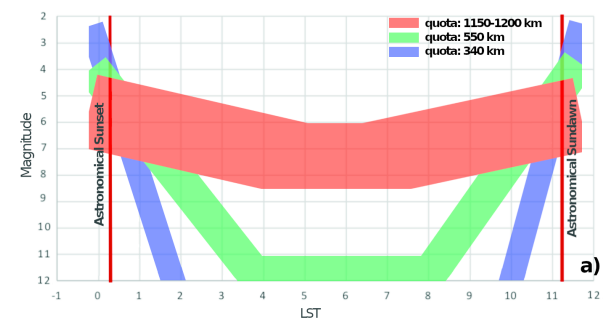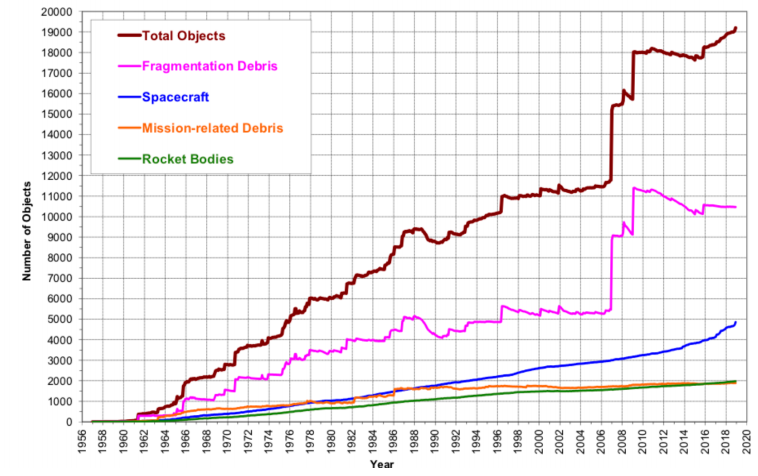In 1802, German astronomer Heinrich Olbers observed what he thought was a planet within the
Main Asteroid Belt. In time, astronomers would come to name this body Pallas, an alternate name for the Greek warrior goddess Athena.
The subsequent discovery of many more asteroids in the Main Belt would lead to Pallas being reclassified as a large asteroid, the third-largest in the Belt after
Ceres and
Vesta.
For centuries, astronomers have sought to get a better look at Pallas to learn more about its size, shape, and composition. As of the turn of the century, astronomers had come to conclude that it was an oblate spheroid (an elongated sphere).
Thanks to a
new study by an international team, the first detailed images of Pallas have finally been taken, which reveal that its shape is more akin to a "golf ball" – i.e. heavily dimpled.
For centuries, astronomers have known that Pallas orbits along a highly tilted orbit compared to the majority of objects in the Main Asteroid Belt. Whereas most of these objects follow the same roughly elliptical path around the Sun and have orbital inclinations of less than 30°, Pallas orbit is inclined 34.837° relative to the Solar plane (for reasons that have remained a mystery).
These images were taken in 2017 and 2019 when the team reserved one of the four telescopes that make up the VLT to capture images of Pallas when it was at the closest point in its orbit to Earth.
Thanks to the extreme adaptive optics system of the SPHERE instrument, the team observed a surface that was thoroughly dimpled by craters that it resembled a golf ball.
Addressing the question of why this is, the team considered the possibility that Pallas' inclined orbit causes it to experience numerous impacts during the over four and a half years (1,686 days) it takes to complete a single orbit around the Sun.
These impacts, they calculated, would be four times more damaging than collisions experienced by two asteroids in the same orbit.
As Marsset
explained to MIT News, "Pallas' orbit implies very high-velocity impacts. From these images, we can now say that Pallas is the most cratered object that we know of in the asteroid belt. It's like discovering a new world."
 Pallas' highly inclined orbit around the Sun. (Osamu Ajiki/AstroArts, Ron Baalke/JPL).
Pallas' highly inclined orbit around the Sun. (Osamu Ajiki/AstroArts, Ron Baalke/JPL).
Using the 11 images, which were taken from different angles, the team compiled them to generate a 3D reconstruction of the asteroid's shape, as well as a crater map of its poles and parts of its equatorial region.
From this, they were able to identify 36 craters larger than 30 km (18.64 mi) in diameter – which is about one-fifth the diamter of the impact crater that killed off the dinosaurs (the
Chicxulub crater).
While small compared to craters found on Earth and other bodies, Pallas' craters appear to cover at least 10 percent of the asteroid's surface – which would suggest that it has had a rather violent history.
To determine just how violent, the team ran a series of simulations that modeled the interactions between Pallas (as well as Ceres and Vesta) with the rest of the Main Belt since it formed about 4 billion years ago.
These simulations took into account the asteroids' size, mass, and orbital properties, as well as speed and size distributions of objects within the Main Belt. They then recorded all the times a simulated collision with any of the three bodies produced a crater at least 40 km (25 mi) wide (the size of most craters on Pallas).
What they found was that a 40-km crater on Pallas could be created by a much smaller object than on either Ceres of Vesta.
Since small asteroids are much more common the asteroid belt than larger ones, this means that Pallas has a higher likelihood of experiencing high-velocity cratering events than its peers. As Marsset
illustrated:
"Pallas experiences two to three times more collisions than Ceres or Vesta, and its tilted orbit is a straightforward explanation for the very weird surface that we don't see on either of the other two asteroids."
Other discoveries that resulted from the latest images of Pallas include a bright spot in its southern hemisphere and a huge impact basin along its equator.
While the team is uncertain as to what the bright spot might be, they theorise that it could be a very large salt deposit on the surface. This is based in part on their 3D reconstruction, which provided updated estimates on Pallas' volume (which they combined with its known mass).
From this, the team calculated that Pallas is quite different in terms of density to Ceres or Vesta and that it likely formed from a combination of water ice and silicates billions of years ago. As the water ice melted over time, it would have hydrated the silicates, forming salt deposits in the interior that could have been exposed by impacts.
Another possible bit of supporting evidence involves the Geminid meteor shower.
This takes place every December as Earth passes through the cloud of fragments from the asteroid Phaethon – a Near-Earth Asteroid (NEA) that is thought to be a fragment of Pallas that eventually found its way into Earth's orbit.
Given that the Geminids have a range of sodium content, Marsset and his colleagues theorize that these may have originated from salt deposits within Pallas.
As for the impact basin, which measures an estimated 400 km (250 mi) wide, the team simulated various impacts along the equator and tracked the fragments that would have resulted.
From their simulations, the team concluded that the impact basin was likely the result of a collision that took place about 1.7 billion years ago with an object between 20 and 40 km (12.5 to 25 mi) in diameter.
This impact would have ejected fragments into space which fell back to the asteroid, creating a pattern that happens to match a family of fragments that were recently observed trailing Pallas. In other words, this explanation fits with the currently-known "Pallas family" of fragments.
As Marsset indicated, these latest observations and theories also bolster the case for a low-cost mission to Pallas to learn more about it.
"People have proposed missions to Pallas with very small, cheap satellites. I don't know if they would happen, but they could tell us more about the surface of Pallas and the origin of the bright spot."
These findings are the latest in a series of discoveries that have made within the Main Asteroid Belt in recent years. These include the
Dawn mission confirming that the
building blocks of life exist on Ceres, the discovery of a
binary asteroid that behaves like two comets by
Hubble, and the fact that
Hygeia, (the fourth most-massive object in the Belt) is actually spherical – making it the smallest such object in the Solar System.
And then you have research that indicates that a
primordial Asteroid Belt may have been empty until the migration of the larger planets caused it to become filled by objects that were left over from the formation of the Solar System.
It is little wonder then why many scientists want to send a spacecraft there, which could be
steamed-powered to ensure cost-effectiveness and longevity.
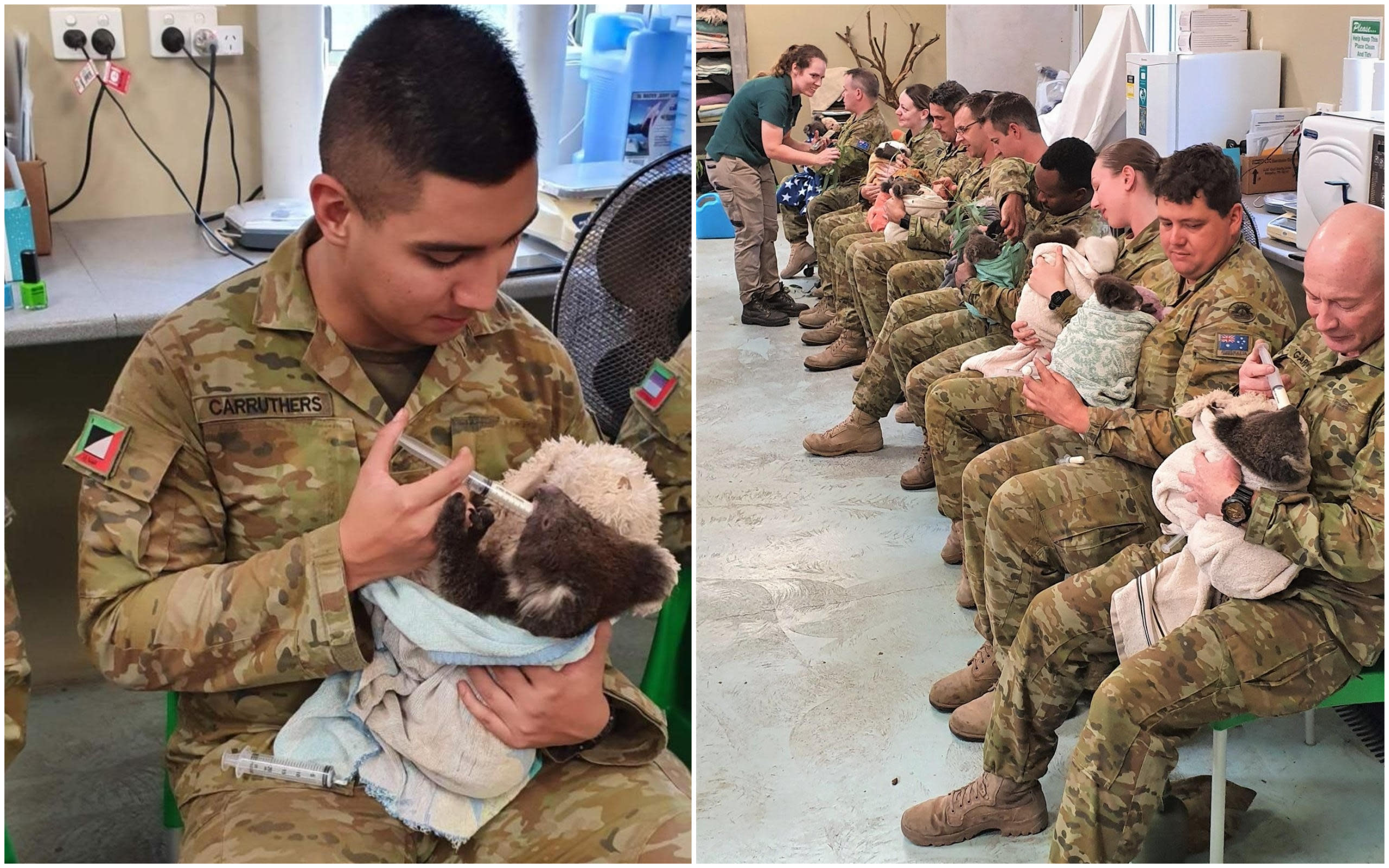




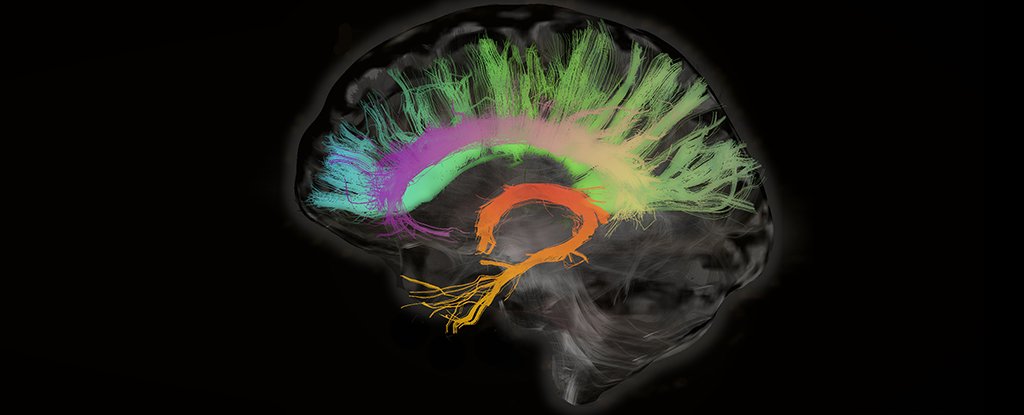
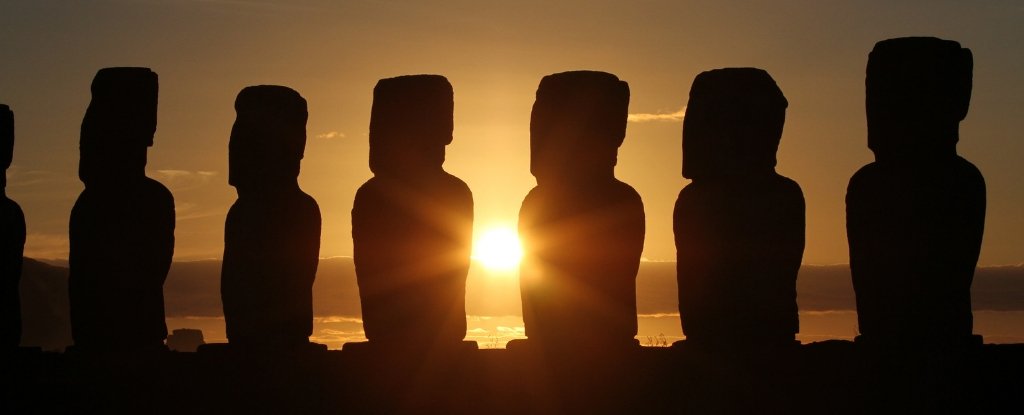





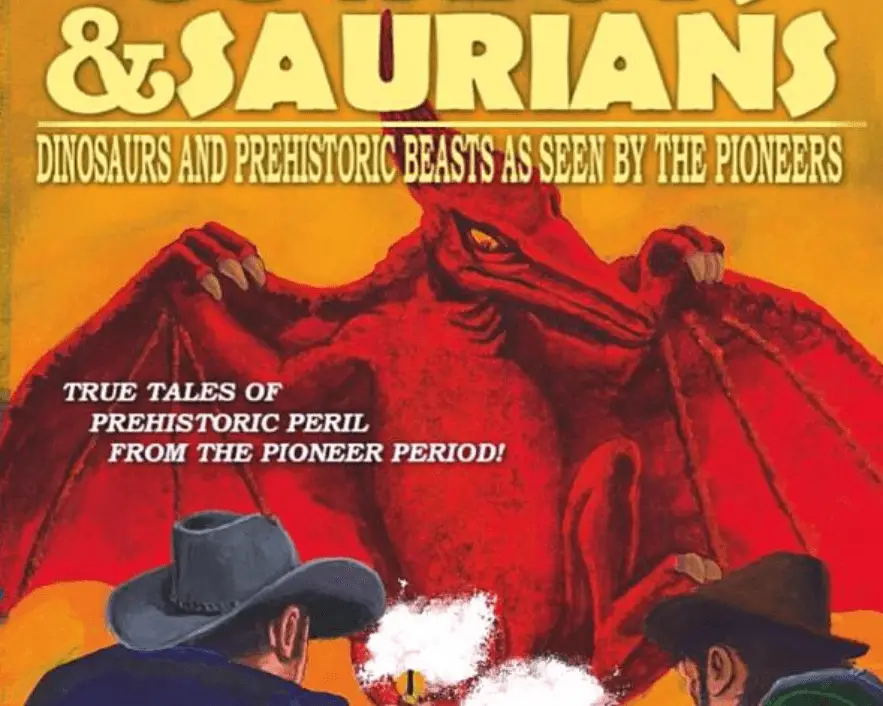

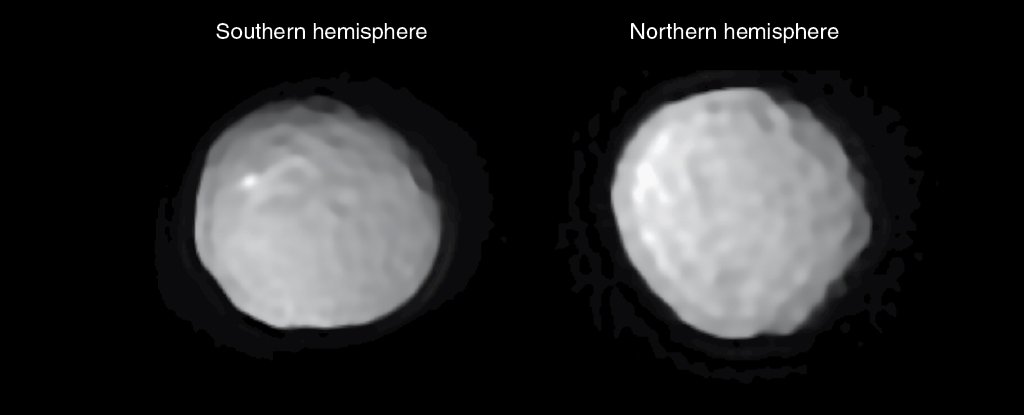

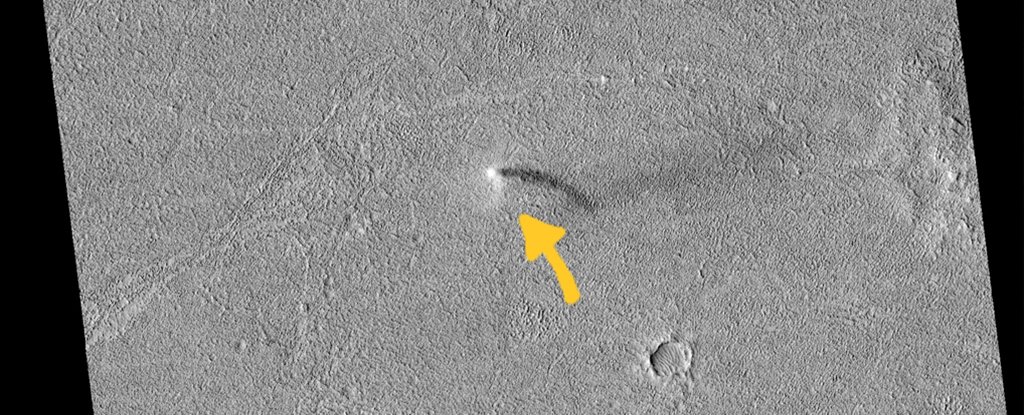
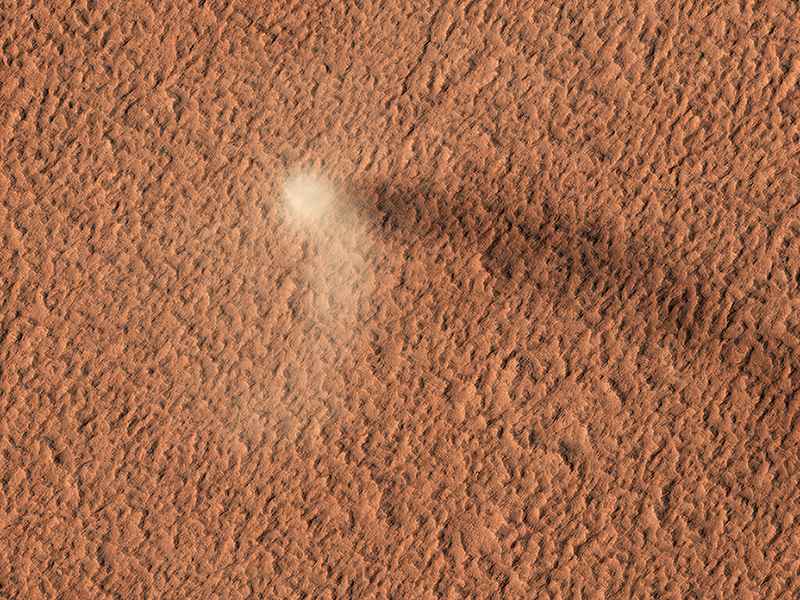
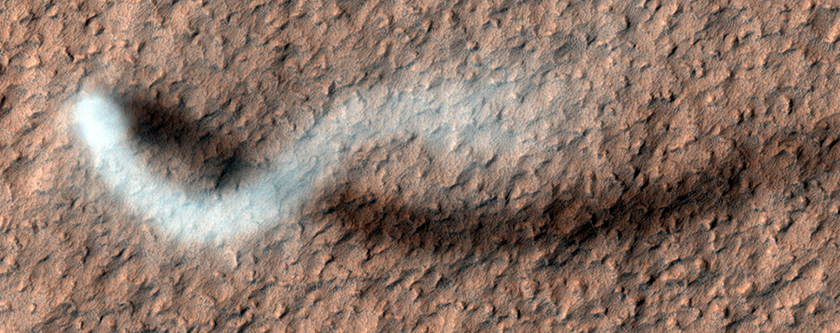 Serpentine dust devil from 2012. (
Serpentine dust devil from 2012. (